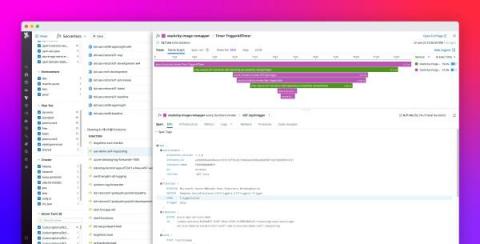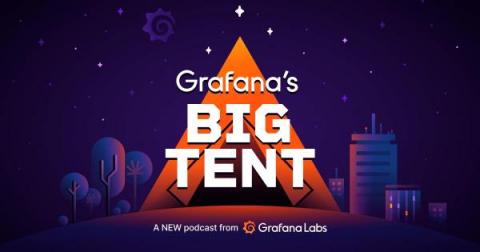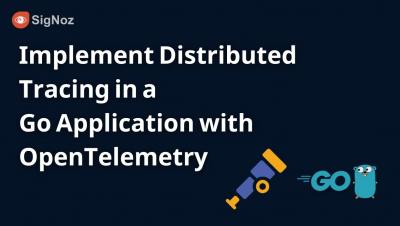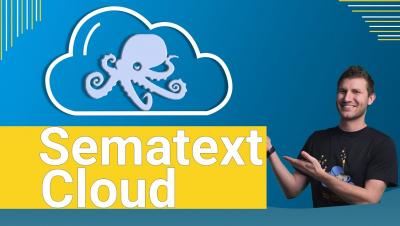MQTT vs RabbitMQ (AMQP 0.9.1) for IoT
RabbitMQ is an open source server that was created to support the AMQP 0.9.1 messaging protocol. It now supports other protocols as well, including MQTT 3.1.1, but AMQP 0.9.1 is its core method. So here we will compare AMQP 0.9.1 with MQTT. MQTT was designed for the Internet of Things (although it wasn’t called that at the time). Both MQTT and AMQP run over TCP connections, both are client-server in architecture and bi-directional.









